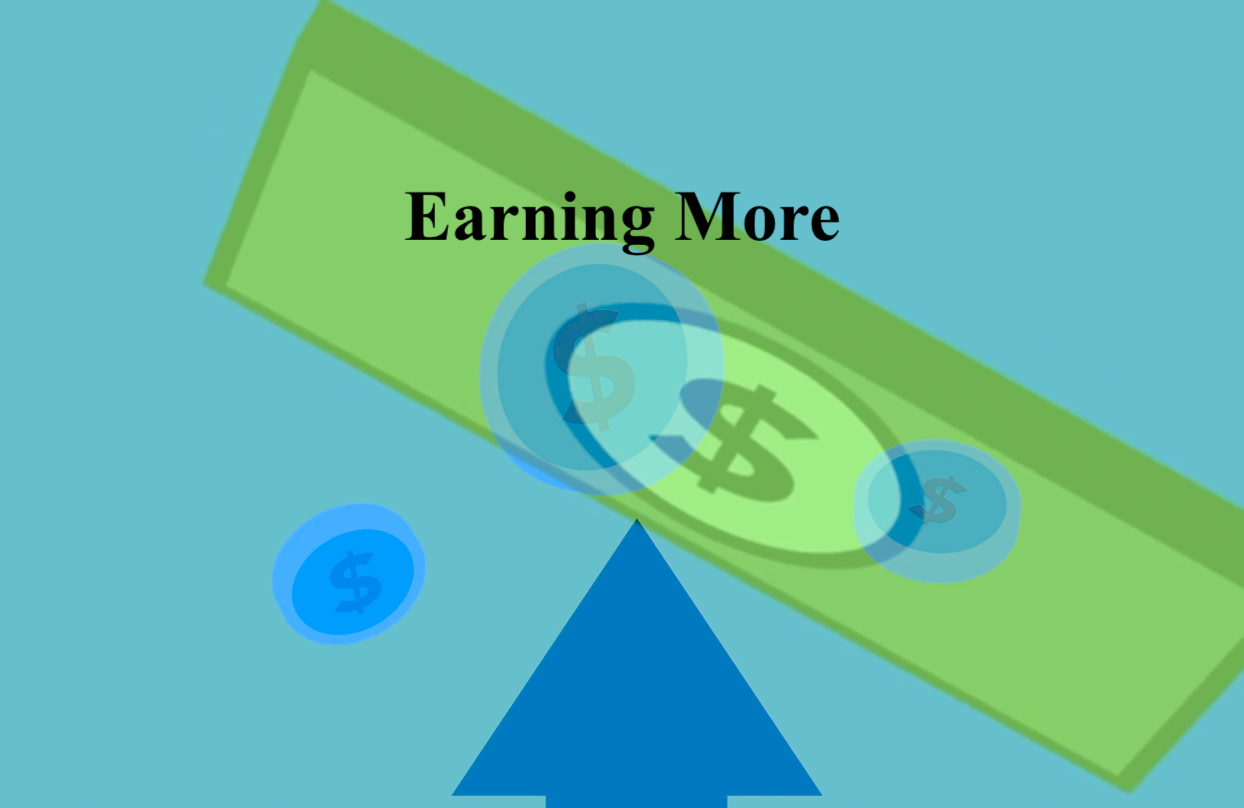There is a lot to note when interest rate changes. Rising interest rates typically result in lower stock market returns and an increase in bank lending rates. For many savers, rising interest rates typically translates to increase interest payments on savings and certificate of deposit accounts. However, one of the most interest thing to watch when interest rates increase is the speed at which banks raise interest rates on deposit accounts. The speed of raising interest rates on deposit accounts is typically inverse to the speed at which interest rates are reduced. Why? The answer is simple. This is the business model of banks.
Falling Interest Rates
Once interest rates are reduced, banks are typically the fastest to reduce interest rates on savings and certificates of deposit accounts. The speed of interest rate change is much slower with regard to the interest rates on loans. The reason for this is quite simple. Banks are able to make more money this way. By reducing interest rates on what has to be paid out (interest on deposit accounts), banks are paying out less to customers, while keeping the interest rates on loans high. In this case, banks are obtaining funds from the central bank at a low rate, lending the money at a high rate and paying customers at a low rate. This tactic maximizes the gains of banks.
Rising Interest Rates
On the other hand, when interest rates begin to rise, banks are the fastest to raise interest rates on specific instruments. Specifically, banks quickly raise interest rates on loans but are delayed on raising interest rates for savings and certificates of deposit accounts. Again, this is the business model. Banks obtain money from the central bank at a specific rate. Banks then charge customers on loans more than the rate a which they obtain money from the central bank and pay out less to customers for certificate of deposit and savings accounts.
The Business Model
The best business you can run is one that gains a return no matter what the economic environment. Banks are in this position. Banks have found a way to gain no matter what the economic situation. Interest rates go up, banks make a profit. Interest rates go down, banks make a profit. This dynamic is not news to anyone who tracks the industry. Banks are positioned to benefit from fatter lending margins as the central bank raises rates.
What Can Consumers Do
Consumers can also play this game to their advantage. One of the many things that consumers can do as interest rates changes is to borrow or to refinance any loans they may have when interest rates are low. Know that the market operates in cycles. Interest rates typically will rise when there is a lot of easy money and/or inflation. As the central bank attempts to restrict inflation, the central bank will increase interest rates. On the other hand, interest rates are reduced if there is a recession or too little money or economic activity. Here, the central bank tries to stimulate the economy by lowering interest rates and increasing the money supply. Consumers need to pay attention to this cycle and act accordingly.
Online Banks
To take advantage of higher interest rates, consumers can also search for online banks. Online banks typically pay interest rates that are multiples of that of the typical brick and mortar banks. But also, online banks tend to increase interest rates on deposit accounts at a faster rate and to higher levels as compared to brick and mortar banks.
Consumers should be careful when locking in interest rates on certificates of deposit. When interest rates are risings, when you lock in a rate, you may miss out as interest rates further increases.
Conclusion
Rising interest rates typically result in lower stock market returns and an increase in bank lending rates. For many savers, rising interest rates typically translates to increase interest payments on savings and certificate of deposit accounts. However, one of the most interest thing to watch when interest rates increase is the speed at which banks raise interest rates on deposit accounts. The speed of raising interest rates on deposit accounts is typically inverse to the speed at which interest rates are reduced. Why? The answer is simple. This is the business model of banks.
Play the game and put your money where you will get a better return. This is often referred to as the only free lunch in finance. Increase your returns without increasing risk.
Follow me on Twitter @JoToFI_com
Follow me on Instagram @JoToFI_com


